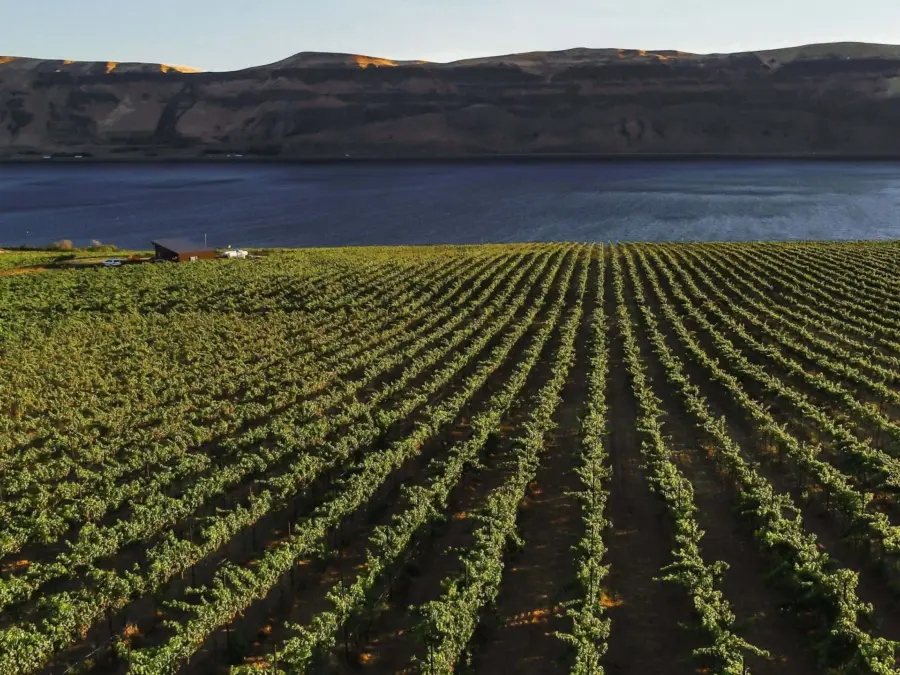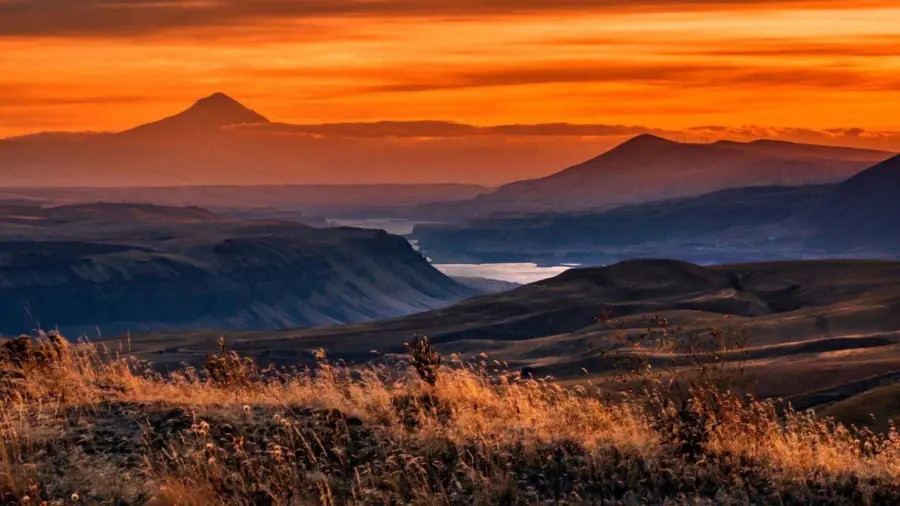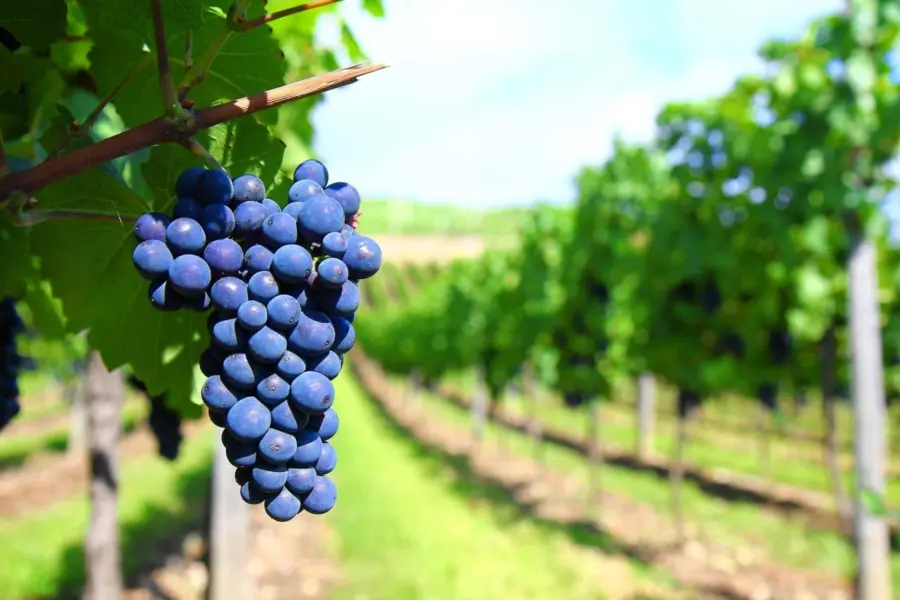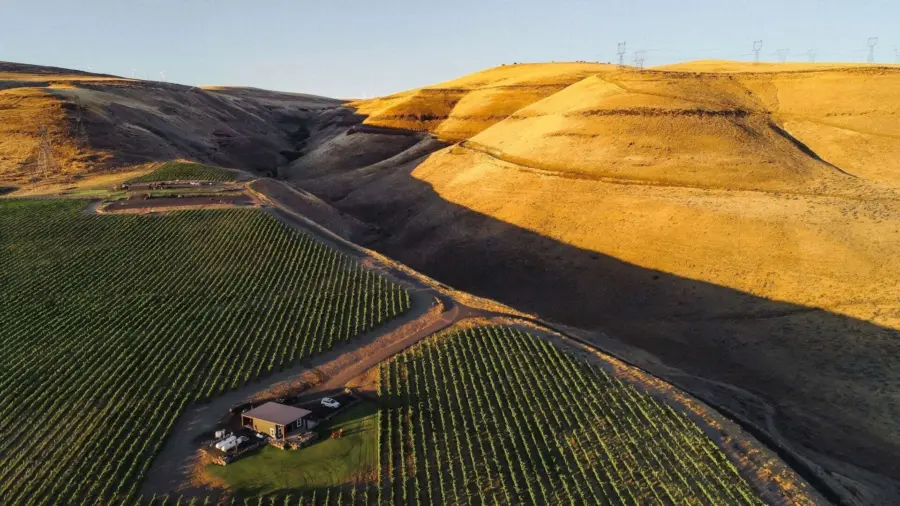Even more, Washington has not suffered the harmful climate conditions that have plagued California over the last decade, where California vineyards and wineries are reeling from several years of drought, another year with too much rain, years of devastating wildfires, and a year of vine-damaging frost. As a result, investors (and many California wineries) are naturally looking to Washington State for expansion and diversification.
In addition, Washington State's Columbia River Gorge region (often referred to as, simply, "The Gorge") offers longer growing days, more plentiful water, more predictable and favorable weather conditions, and land at nearly the identical latitude to the Bordeaux region of France.
One might wonder if a qualitative difference exists between California fruit and Washington fruit. If so, it skews toward Washington grapes being superior. A study by Cambridge shows that average critic scores for Washington's Cabernet Sauvignon and other Washington Bordeaux varietals are higher than California's ratings. Washington wineries often produce wines scoring 99 and 100 points from some of the most credible critics in the world. This would not be possible without outstanding grapes.
It takes truly special land to develop an elite vineyard. But not all vineyard land is the same. When choosing your site, there are important variables to consider, such as (1) heat units in your micro-climate, (2) wide disparity in daily and evening temperatures during the fruit ripening phase (called the "diurnal shift"), (3) soil composition, (4) quality and quantity of your source of water, (5) adequate and consistent wind flow, and (6) orientation. These are the vital components of "terroir," which vary from site to site.
Few vineyards enjoy top scores on three of these crucial components. Very rarely are vineyards ideal in all of these elements. It takes an experienced and discerning eye to find the correct vineyard site. If you have been considering owning a vineyard and you find a location like this, you want to move on it quickly.









